What Essential Oils for Ear Infection
Are you looking for natural remedies to help with ear infections? Essential oils may be the answer you’ve been searching for.
We explore what essential oils are and how they can be used to alleviate the symptoms of ear infections. From anti-inflammatory properties to pain relief, essential oils offer a holistic approach to treating ear infections.
Discover which essential oils are most effective and how to use them safely. If you’re curious about harnessing the power of essential oils for ear infections, keep reading to learn more!
Key Takeaways:
What Is an Ear Infection?
An ear infection, also known as otitis media, occurs when the middle ear becomes inflamed due to a bacterial or viral infection.
There are several types of ear infections, including acute otitis media and chronic otitis media. Acute otitis media is a common type, often caused by bacteria entering the middle ear through the Eustachian tube. Chronic otitis media, on the other hand, is characterized by recurring infections or persistent inflammation.
The causes of ear infections can vary, ranging from respiratory infections, allergies, sinus infections, or even excess mucus production. Ear infections often result from fluid buildup behind the eardrum, creating a breeding ground for bacteria or viruses.
Common symptoms of ear infections include ear pain, pressure or fullness in the ear, hearing loss, fever, and drainage from the ear. It’s essential to seek medical attention if you suspect an ear infection to prevent complications and ensure proper treatment.
What Are the Symptoms of an Ear Infection?
Symptoms of an ear infection may include ear pain, fever, fluid drainage from the ear, hearing loss, and irritability in children.
These symptoms can vary depending on the age of the individual and the underlying cause of the infection. In infants, signs of an ear infection may also involve tugging or pulling at the ear, excessive crying, fussiness, and difficulty sleeping.
Toddlers and young children might exhibit symptoms such as difficulty balancing, lack of appetite, and increased irritability.
On the other hand, adults with ear infections commonly experience earache, fluid leakage, hearing problems, and a feeling of fullness in the ear. Additional indications in adults may include dizziness, nausea, and even vomiting.
How Are Ear Infections Treated?
Ear infections are typically treated with antibiotics to combat bacterial infections or antiviral medications for viral infections.
Another common medical intervention for ear infections is the use of ear drops, which can help alleviate pain and reduce inflammation. In some cases, doctors may also recommend ear tubes to help drain fluid and prevent future infections.
For those looking for home remedies, warm compresses applied to the affected ear can provide relief, as well as over-the-counter pain relievers like ibuprofen or acetaminophen. Some people find relief from using a few drops of hydrogen peroxide or garlic oil in the ear.
To prevent ear infections, maintaining good hygiene practices such as regular handwashing, avoiding exposure to cigarette smoke, and keeping ears dry can be beneficial. For those prone to recurring infections, getting a flu shot and avoiding allergens can also help reduce the risk of ear infections.
What Are Essential Oils?
Essential oils are natural plant extracts that capture the aromatic essence and beneficial properties of herbs, flowers, and other botanicals.
These oils are extracted through various methods, such as steam distillation, cold pressing, or solvent extraction, ensuring that the potent compounds from the plants are preserved. Once extracted, essential oils are used in a wide range of applications, from aromatherapy and skin care to natural cleaning products and even culinary purposes.
One benefit of essential oils is their ability to promote relaxation, uplift mood, and boost overall well-being. Eucalyptus oil, for example, is known for its respiratory benefits, while lavender oil is praised for its calming effects.
How Can Essential Oils Help with Ear Infections?
Essential oils offer a natural approach to treating ear infections due to their antibacterial, antimicrobial, and anti-inflammatory properties that can help alleviate symptoms and aid in the healing process.
When dealing with ear infections, essential oils can be particularly effective due to their ability to combat harmful bacteria, fungi, and viruses. The antibacterial nature of oils like tea tree and oregano can help eliminate the infection-causing agents in the ear canal, promoting faster recovery. The anti-inflammatory properties of oils such as lavender and chamomile can reduce swelling and discomfort in the infected area, providing relief from pain and pressure.
To apply essential oils for ear infections, dilution is key to avoid irritation to the sensitive ear canal. Mixing a few drops of the preferred oil with a carrier oil like coconut or olive oil can help safely deliver the benefits. Applying this diluted mixture to a cotton ball and gently inserting it into the ear can provide localized relief. Inhalation therapy by diffusing oils in the air can also help clear congestion and reduce inflammation in the ear passages.
Studies have supported the efficacy of essential oils in managing ear infections. Research has shown that certain oils possess potent antimicrobial properties that can target the specific pathogens responsible for ear infections. The anti-inflammatory effects of essential oils have been found to alleviate pain and discomfort associated with ear infections, making them a promising natural remedy for individuals seeking alternative treatment methods.
Anti-inflammatory Properties
Certain essential oils possess anti-inflammatory properties that can help reduce swelling and discomfort in the ear canal.
In terms of ear infections, the soothing and anti-inflammatory properties of essential oils come into play. These oils have been found to not only reduce pain and discomfort but also aid in combating the underlying inflammation responsible for the symptoms.
Lavender oil, for instance, is known for its calming effects and can help alleviate the pain associated with ear infections. Similarly, tea tree oil possesses antibacterial properties that can target the root cause of the infection, while also reducing inflammation. Incorporating these essential oils into a holistic treatment approach can provide relief from the symptoms of ear infections.
Antibacterial and Antimicrobial Properties
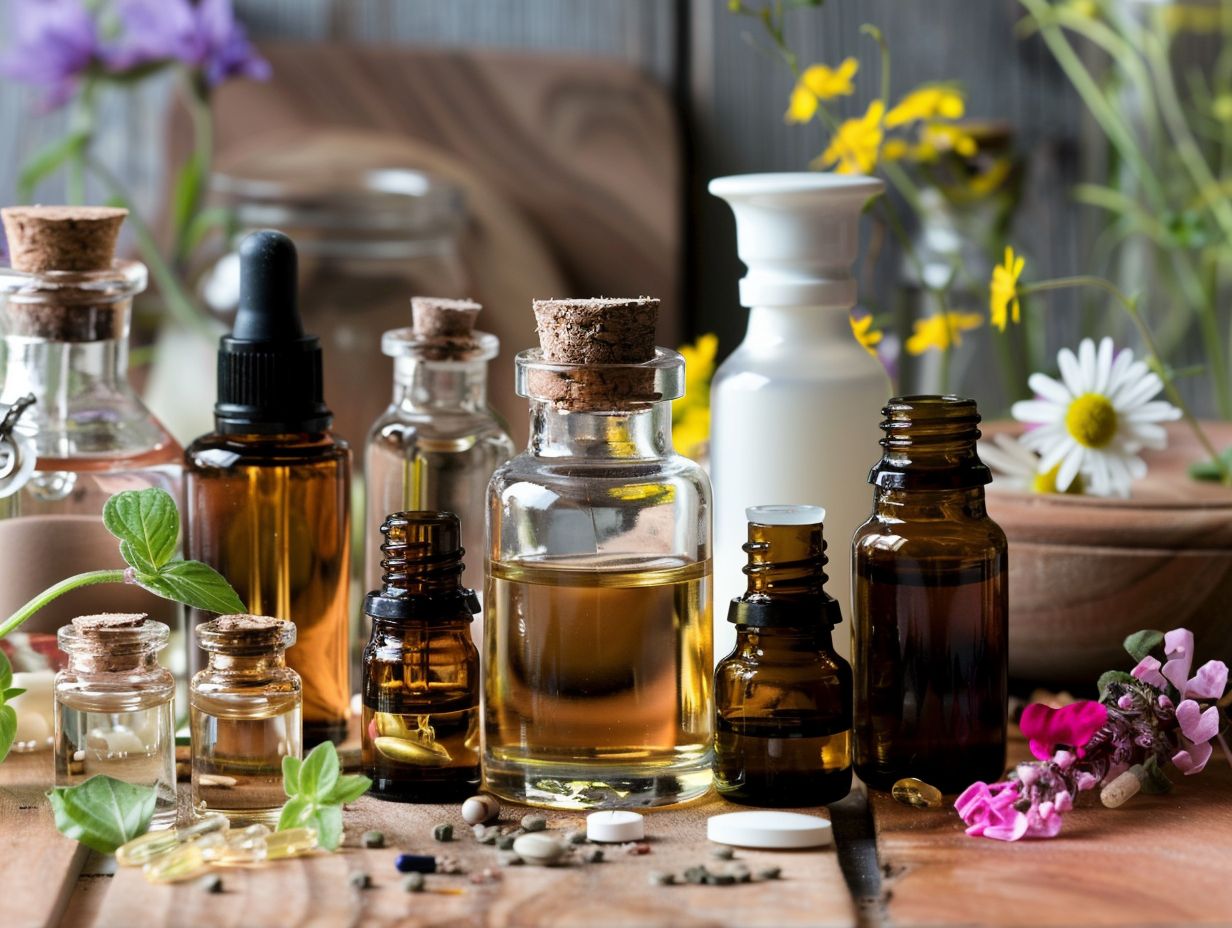
Essential oils such as tea tree oil and garlic oil exhibit potent antibacterial and antimicrobial properties that can target and eliminate the bacteria causing ear infections.
Tea tree oil, extracted from the leaves of the Melaleuca alternifolia plant, is rich in compounds like terpinen-4-ol known for their antibacterial effects. Similarly, garlic oil contains allicin, a powerful component recognized for its antimicrobial properties. When applied topically or used in aromatherapy, these essential oils can help prevent the proliferation of harmful bacteria in the ear canal. Studies have shown that the use of tea tree oil and garlic oil can significantly reduce the growth of common bacterial pathogens, including Staphylococcus aureus and Pseudomonas aeruginosa.
Pain Relief
Some essential oils like basil oil and Lamigex Drops can provide natural pain relief by soothing the inflamed tissues and nerves in the ear.
These essential oils possess analgesic properties, helping to reduce discomfort and alleviate the pain associated with ear infections. Basil oil, known for its anti-inflammatory and antimicrobial effects, can help combat the infection while providing a soothing sensation to the affected area. Lamigex Drops, a blend of various essential oils like lavender, peppermint, and eucalyptus, work synergistically to reduce inflammation and numb the pain receptors.
The most effective way to apply these oils for ear pain relief is through gentle massage around the ear area. Mixing a few drops with a carrier oil like olive or coconut oil and applying it externally can help facilitate absorption and enhance the effects of the essential oils. Alternatively, a few drops can be diluted in warm water and used for steam inhalation to provide relief from congestion and pain.
Promotes Ear Drainage
Essential oils with decongestant properties like eucalyptus oil and Frankincense can help promote ear drainage, aiding in the clearing of excess fluid and pus.
These essential oils work in synergy with the body’s natural mechanisms, aiding in the reduction of inflammation and congestion within the ear canal. The antibacterial and antiviral properties of eucalyptus oil can help combat microbial infections that may be causing blockages in the ear, while Frankincense oil’s soothing properties can provide relief from discomfort.
The aroma of these oils can have a calming effect on the mind, which may help alleviate stress and tension that can exacerbate ear issues. By improving circulation and promoting lymphatic drainage, these essential oils facilitate the movement of lymph fluid and toxins out of the ear, supporting the body’s natural healing process.
Which Essential Oils Are Effective for Ear Infections?
Several essential oils have shown efficacy in treating ear infections, including Tea Tree Oil, Lavender Oil, Eucalyptus Oil, and Peppermint Oil.
Each of these essential oils possesses unique properties that contribute to their effectiveness in managing ear infections.
- Tea Tree Oil is renowned for its antimicrobial and anti-inflammatory properties, making it a popular choice for combating ear infections.
- Lavender Oil is known for its soothing and calming effects, which can help alleviate pain and discomfort associated with ear infections.
- Eucalyptus Oil has decongestant properties that can help clear nasal passages and reduce congestion, which is beneficial for relieving ear pressure.
- Peppermint Oil exhibits analgesic properties that can help reduce pain and inflammation in the ear.
When using these essential oils for ear infections, it is advisable to dilute them with a carrier oil such as coconut or olive oil and apply topically around the outer ear area. Alternatively, a few drops of the diluted oil can be gently massaged around the ear to promote absorption and efficacy.
Tea Tree Oil
Tea Tree Oil is renowned for its potent antibacterial and antiviral properties, making it a popular choice for combating ear infections.
Its effectiveness lies in the fact that it contains compounds like terpinen-4-ol, known for their antimicrobial effects, which can help in fighting off the pathogens causing the infection.
When using Tea Tree Oil for ear infections, it is essential to dilute it properly to avoid irritation. The recommended dilution ratio is usually 1:1 with a carrier oil like coconut or olive oil. Safety considerations include conducting a patch test before applying it near the ear canal and consulting a healthcare professional if symptoms persist or worsen.
Lavender Oil
Lavender Oil is known for its soothing properties and ability to promote relaxation, which can aid in managing the discomfort associated with ear infections.
In terms of ear infections, the therapeutic uses of Lavender Oil have been well-documented. This essential oil is revered for its antimicrobial properties, making it a natural remedy that can help alleviate the symptoms of ear infections.
Lavender Oil can be applied topically around the ears with a carrier oil to reduce inflammation and soothe pain. Its pleasant aroma not only calms the mind but also has potential benefits in reducing stress and anxiety, which often exacerbate ear infection discomfort. The anti-inflammatory properties of Lavender Oil may aid in speeding up the healing process of ear infections.
Eucalyptus Oil
Eucalyptus Oil is valued for its decongestant and antimicrobial properties, which can help alleviate ear infection symptoms and promote ear drainage.
In terms of managing ear infections, the decongestant effects of Eucalyptus Oil play a crucial role in clearing nasal passages and reducing inflammation in the Eustachian tubes, allowing for better drainage. Steam inhalation with a few drops of Eucalyptus Oil can provide relief by loosening mucus and easing breathing. It is important to dilute the oil properly to avoid skin irritation, especially when applying it near the ears. Consulting with a healthcare professional before using Eucalyptus Oil for ear infections is recommended to ensure safety and effectiveness.
Peppermint Oil
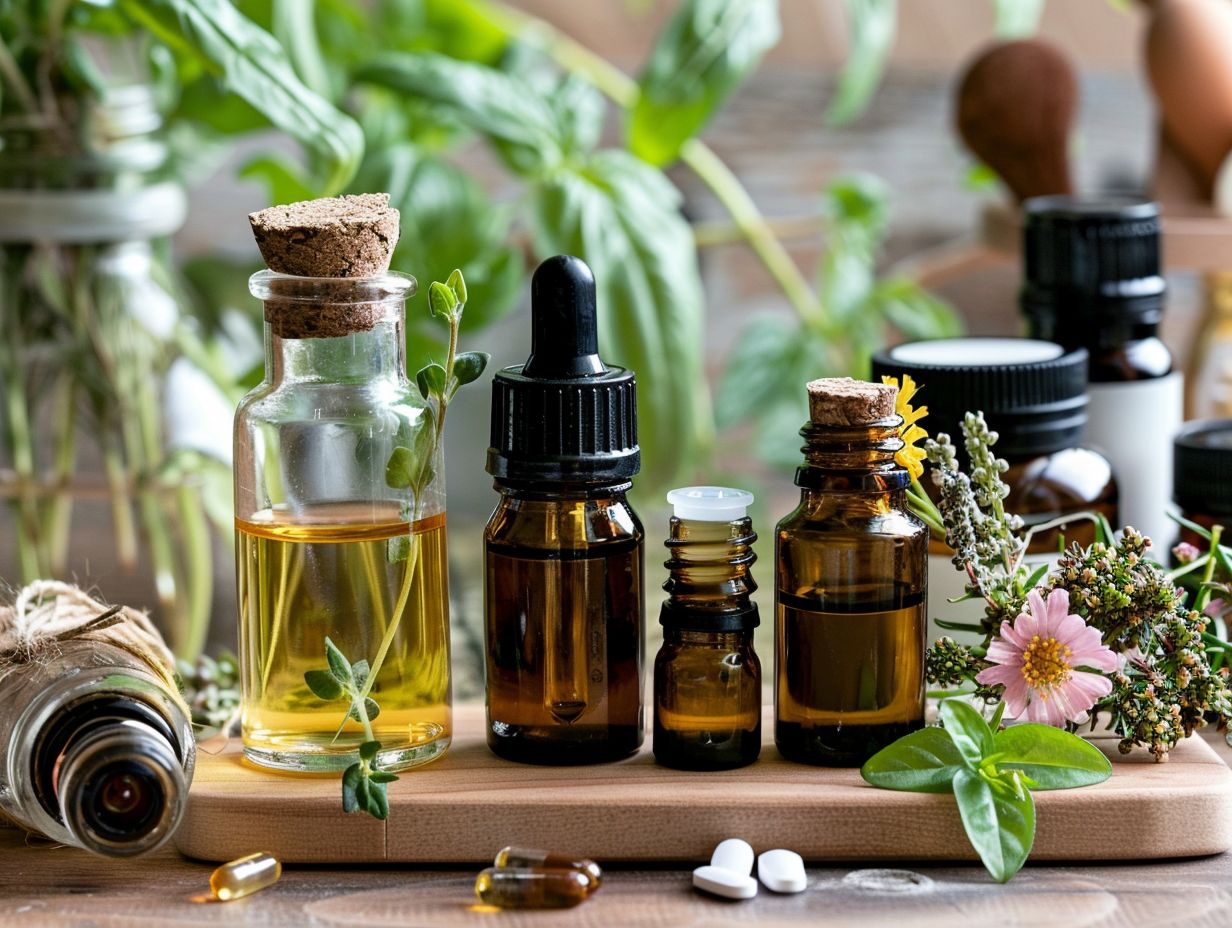
When applied topically, Peppermint Oil works by stimulating the cold-sensitive receptors in the skin, which creates a numbing effect and helps alleviate pain. To use it for ear infections, it is important to dilute the oil properly to avoid skin irritation.
A common method is to mix a few drops of Peppermint Oil with a carrier oil like coconut or olive oil before applying it around the outer ear area. The cooling sensation of the oil can also help reduce inflammation and swelling, providing additional relief.
How to Use Essential Oils for Ear Infections?
Essential oils can be used for ear infections by diluting them in a carrier oil and applying them topically around the ear area.
When using essential oils for ear infections, it is crucial to dilute them properly to avoid skin irritation. The recommended dilution ratio is typically 2-3 drops of essential oil per teaspoon of carrier oil.
For application, gently massage the diluted oil mixture around the outer ear, focusing on the area behind the earlobe and down the jawline. This can help reduce inflammation and provide relief from discomfort.
It’s important to note that not all essential oils are suitable for ear infections. Oils such as tea tree, lavender, and chamomile are known for their antibacterial and anti-inflammatory properties, making them ideal choices.
Dilute with Carrier Oil
Before applying essential oils to the ear, it is essential to dilute them with a carrier oil like almond oil or coconut oil to prevent skin irritation.
Using undiluted essential oils directly on the skin, especially sensitive areas like the ear, can lead to irritation, redness, or even burns due to their concentrated nature. The recommended ratio for diluting essential oils is typically around 2-5% for adults, which means adding about 12-30 drops of essential oil per ounce of carrier oil.
- Almond oil, with its mild scent and light texture, is a popular choice as a carrier oil for most essential oils. It is easily absorbed by the skin and does not leave a greasy residue.
- Coconut oil, on the other hand, provides additional moisturizing benefits and can help with conditions like dry skin or dermatitis. It has a distinct coconut scent that may not blend well with some essential oils.
Apply Topically
Topically applying diluted essential oils around the outer ear and behind the earlobe can help the active compounds penetrate the skin and alleviate infection symptoms.
When applying essential oils for ear infections, it’s crucial to use carrier oils like coconut or olive oil to dilute the potent extracts and prevent skin irritation.
Begin by gently massaging a few drops of the diluted mixture around the affected area, ensuring not to insert anything into the ear canal. Targeting the area behind the earlobe and along the jawline can enhance absorption and promote quicker relief.
This targeted approach allows the oils to work directly on the infection site, aiding in reducing inflammation and fostering a healing environment.
Use as a Steam Inhalation
Steam inhalation with essential oils like eucalyptus and tea tree oil can provide respiratory benefits and help clear congestion in cases of ear infections.
The inhalation process involves adding a few drops of essential oil to hot water in a bowl, then placing a towel over your head to trap the steam and inhaling deeply for about 5-10 minutes. This allows the aromatic compounds of the oils to be inhaled and reach the respiratory system efficiently. Safety precautions include ensuring the water is not too hot to avoid burns, keeping eyes closed during steam inhalation, and not exceeding the recommended duration to prevent overexposure.
Recommended oil blends for ear infections include a combination of eucalyptus, tea tree oil, and lavender for their antibacterial and anti-inflammatory properties. Eucalyptus is known for its decongestant effects, while tea tree oil possesses antimicrobial properties that can help fight off infection. Lavender adds a calming element to the blend, promoting relaxation during the inhalation process.
Precautions and Safety Measures
When using essential oils for ear infections, it is crucial to perform a patch test, dilute oils properly, and consult with a healthcare professional, especially for individuals with sensitive skin or underlying health conditions.
Safety is paramount when utilizing essential oils for ear infections. One must always ensure that the chosen oil is safe for topical application and does not contain any allergens that could exacerbate the condition. Diluting essential oils in a carrier oil before usage can prevent potential skin irritations or adverse reactions. It is also important to observe proper hygiene practices when handling essential oils to prevent contamination and infection. Consulting a healthcare professional is advised to receive personalized guidance and rule out any contraindications that may exist, ensuring a safe and effective treatment approach.
When to See a Doctor?
If ear infection symptoms persist, worsen, or are accompanied by severe pain, fever, or hearing loss, it is essential to seek medical attention from a healthcare provider or an ENT specialist.
In some cases, untreated ear infections can lead to complications such as ruptured eardrums, abscesses, or even hearing impairment. Early detection of these warning signs can prevent further damage. Recurring ear infections may indicate underlying issues that require specialized treatment plans.
Timely intervention is crucial to alleviate discomfort and prevent potential long-term consequences. Seeking appropriate healthcare management ensures accurate diagnosis and tailored treatment strategies, which may involve prescription medications or, in severe cases, surgical intervention.
Frequently Asked Questions
What Essential Oils are recommended for Ear Infection?
Some of the essential oils that are recommended for ear infection are tea tree oil, basil oil, lavender oil, eucalyptus oil, peppermint oil, and thyme oil.
How do these Essential Oils help with Ear Infection?
These essential oils have antibacterial, antiviral, and anti-inflammatory properties that can help fight off the infection and reduce pain and inflammation in the ear.
Are there any specific ways to use Essential Oils for Ear Infection?
Yes, you can either apply a few drops of the essential oil on a cotton ball and place it in the ear or mix it with a carrier oil and gently massage it around the ear. You can also inhale the steam of the essential oil by adding a few drops in hot water.
Can Essential Oils be used for children with Ear Infection?
Although essential oils can be effective in treating ear infections, it is always recommended to consult a pediatrician before using them on children, especially infants.
Are there any precautions to be taken while using Essential Oils for Ear Infection?
Yes, essential oils are highly concentrated and can cause skin irritation if used undiluted. Always dilute them with a carrier oil and do a patch test before applying them to the ear. Also, if the pain or symptoms persist, seek medical advice.
Can essential oils prevent Ear Infection?
There is no scientific evidence to prove that essential oils can prevent ear infections. However, using them regularly in diffusers or inhaling them through steam can help boost the immune system and prevent infections.

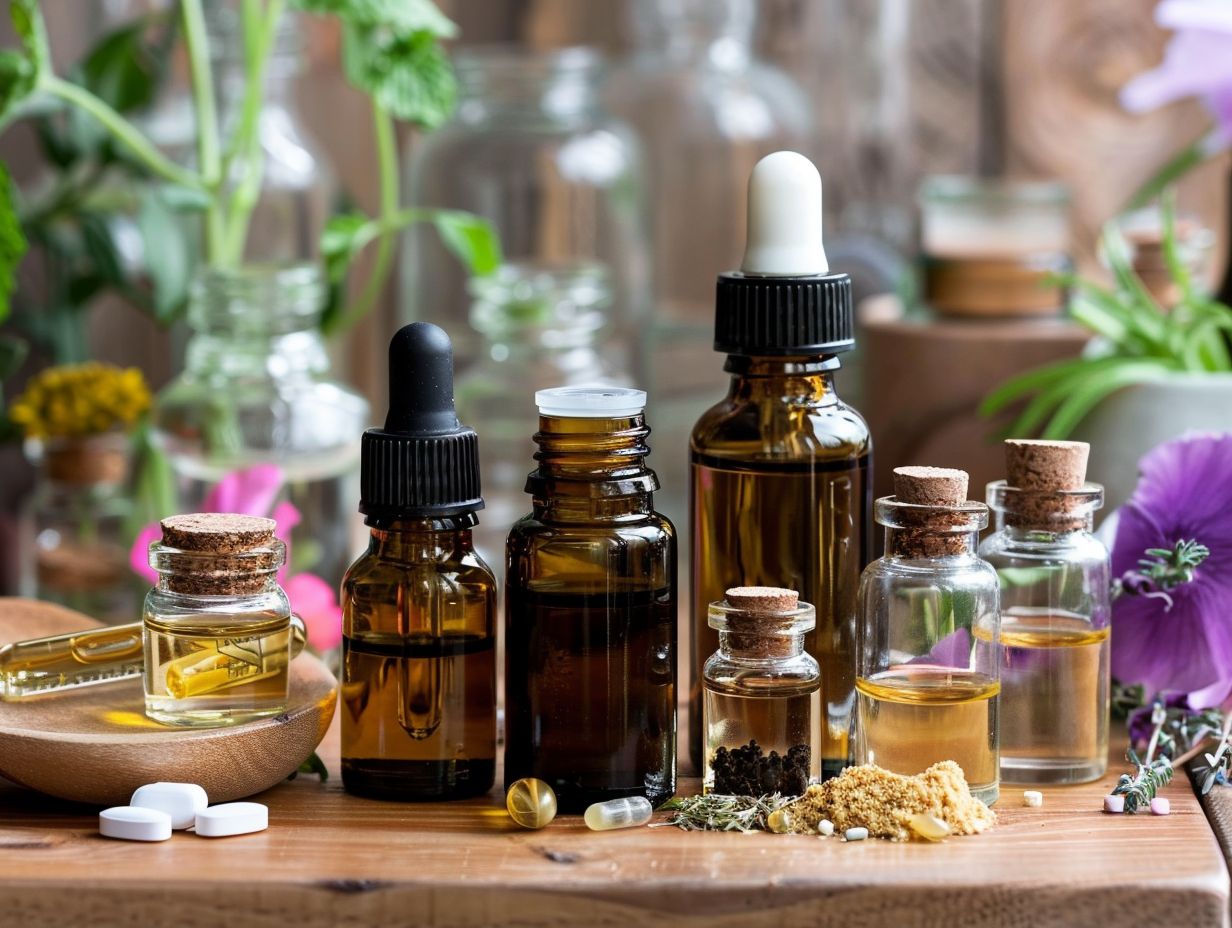
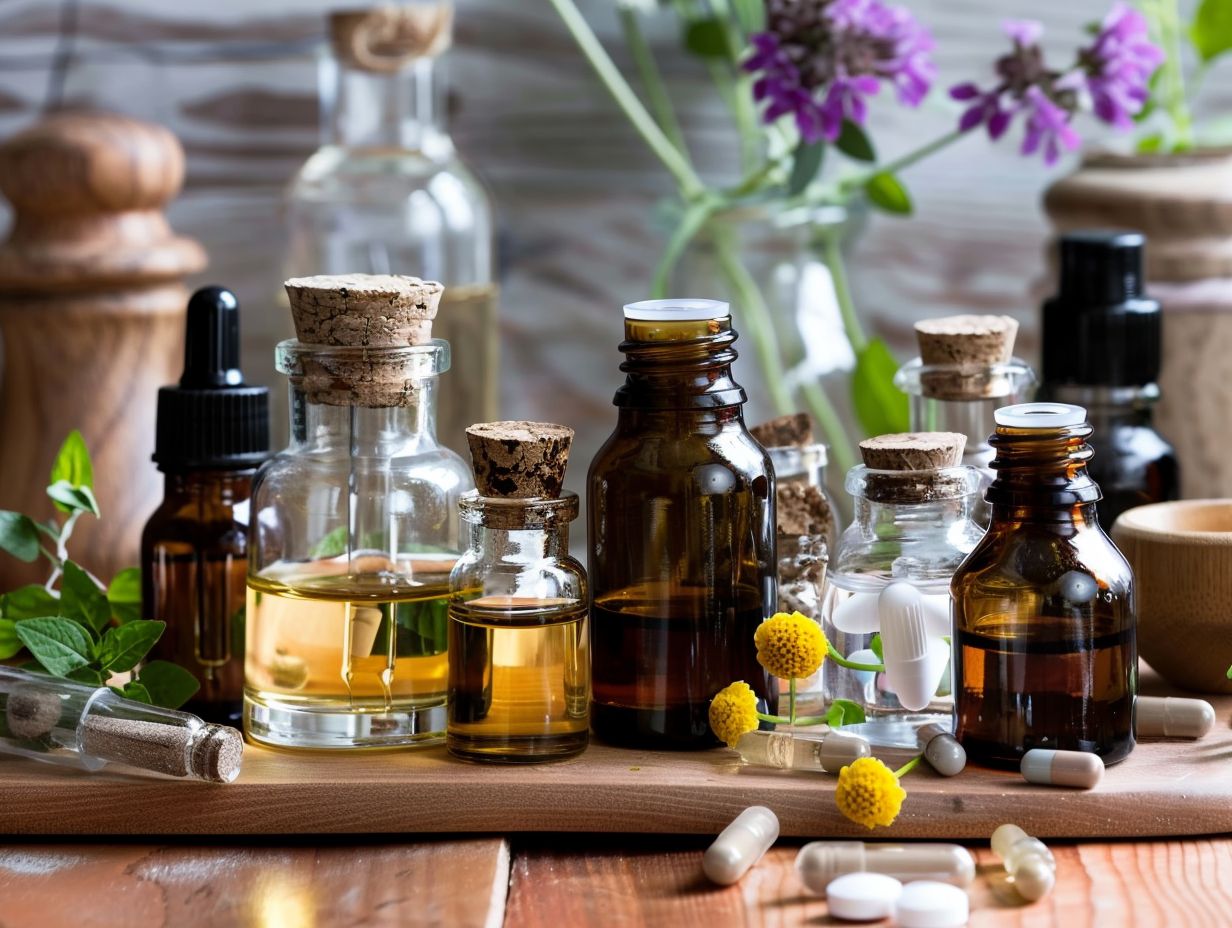
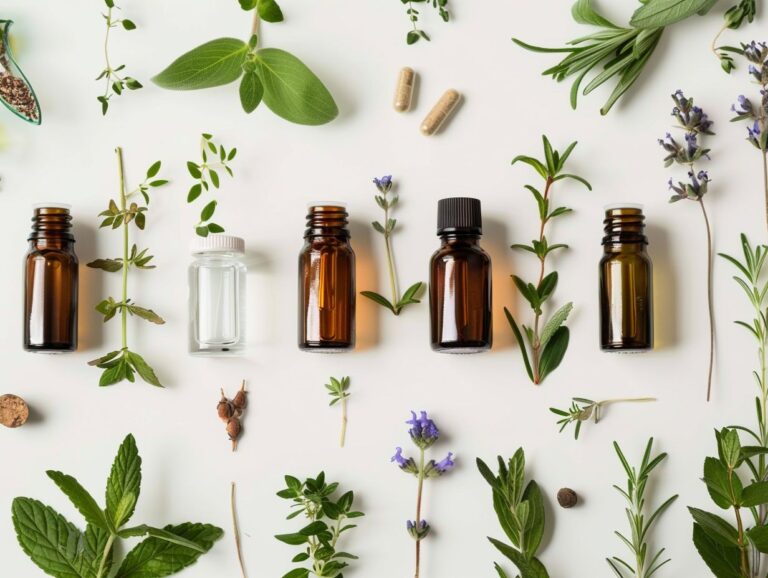

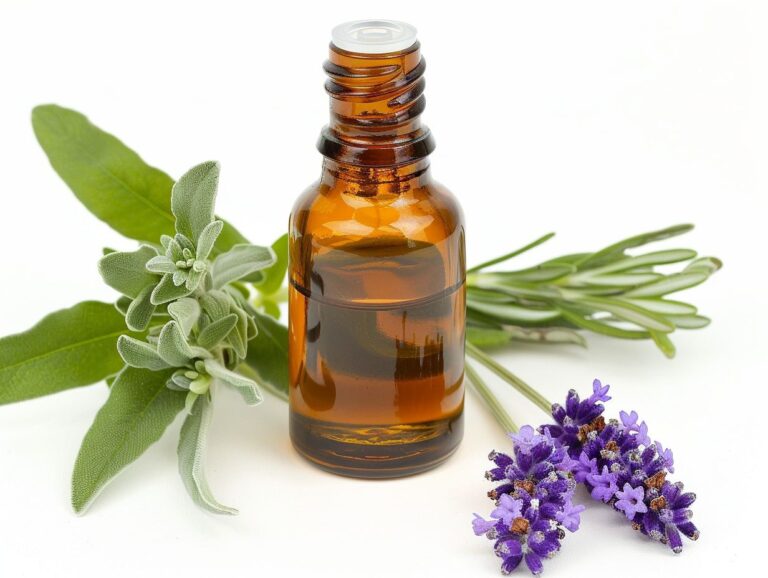

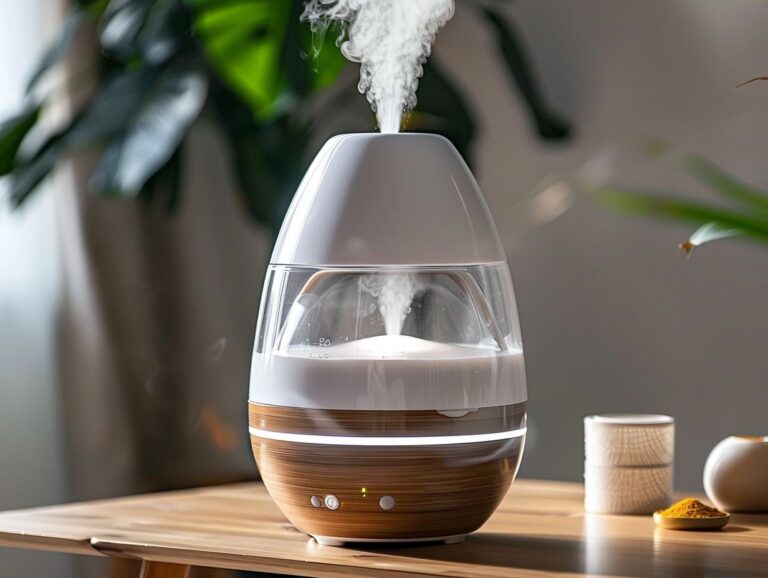
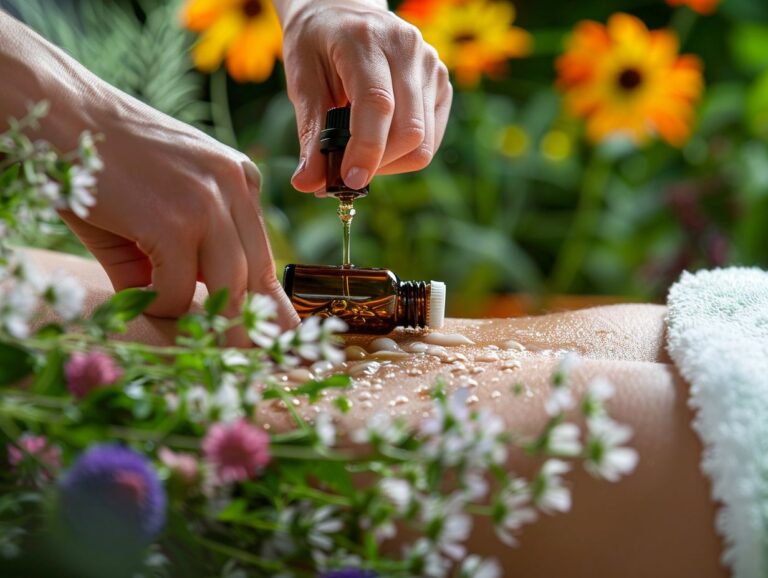
One Comment